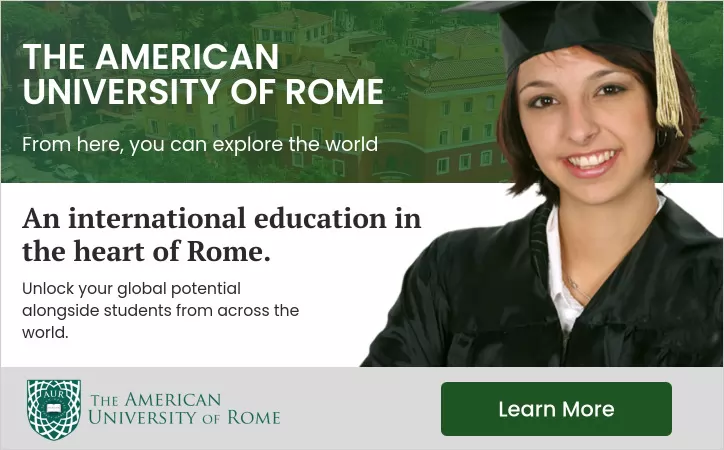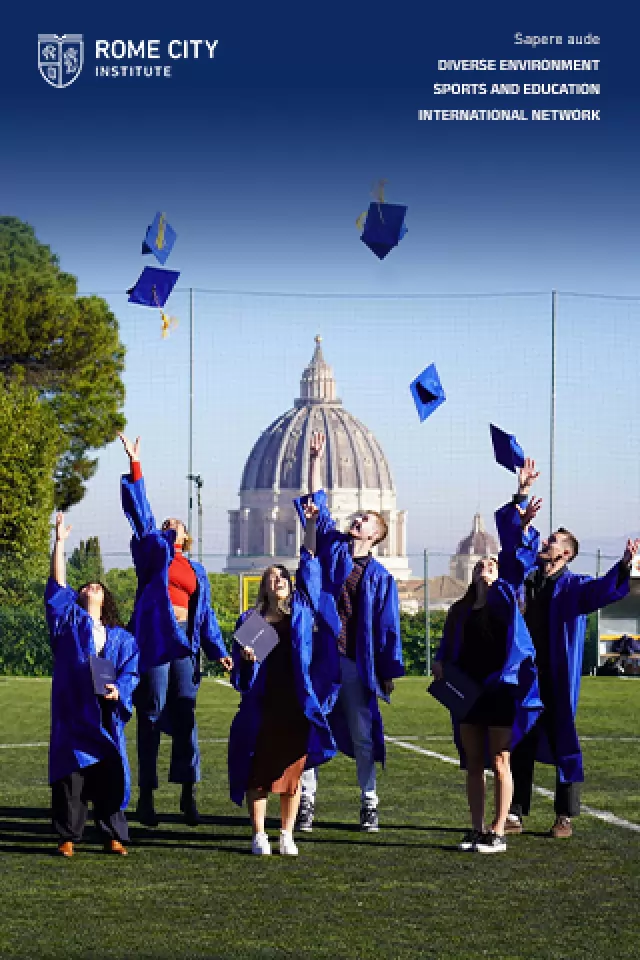A mosque in the heart of Rome.
Many people in Rome were perplexed when the Islamic cultural centre of Italy was inaugurated 11 years ago. The idea of having Europes largest mosque in the very heart of Christendom was considered at best inopportune and at worst a provocation against the authority of the Roman Catholic Church. Over a decade later, despite the efforts of the late Imam Mahmoud Hammad Shweita (who died in May this year) to create a bridge between Islamic and western cultures, the great mosque is still one of Romes least known monuments.
Situated in the vast green park of Monte Antenne, under the shadow of Romes elegant Parioli district and surrounded by the prestigious Acqua Acetosa sports clubs, the Islamic cultural centre and mosque are discreetly concealed from the citys historic centre. In fact, the impressive dome and towering minaret can only be seen from a few vantage points, such as the Piazza delle Muse in Parioli.
And yet there is nothing mysterious about the Islamic cultural centre of Rome. Anyone is welcome to visit and its doors are open regularly twice a week, when a guide is available to take visitors on a tour of the vast forecourt, the library, the ultra-modern conference hall and the magnificent mosque a monumental masterpiece designed by architects Paolo Portoghesi and Sami Mousawi and engineer Vittorio Gigliotti.
The story behind the construction of the mosque dates back to the 1970s when a group of employees and officials from the Muslim embassies and the United Nations Food and Agricultural Organisation (FAO) living in Rome urged King Fahd of Saudi Arabia to help them found an official place of worship in the city. The king promised to finance the project if Rome city council would indicate a suitable site. The first stone was eventually laid in 1984, on land donated by the city. Along with Saudi Arabia, which was the main sponsor, 23 Muslim countries contributed to the building expenses. The centre and mosque were finally inaugurated 11 years later, in 1995.
From the start, efforts were made to establish tangible links with the host city. Our guide, Aziz, pointed out the pavement design in the forecourt, which is modelled on Michelangelos many-pointed rosette on the Capitoline Hill square. The stone used in the construction came like that of the majority of Romes churches, public buildings and palaces from the ancient travertine quarries at Bagni di Tivoli, north-east of Rome. A total of 120 umbrella pines another symbol of Rome were planted in the grounds.
A long flight of steps leads up to the mosque, which is considered one of the most impressive examples of modern architecture in Rome. The interior is restful, restrained and elegant, with a soft blue light diffused throughout. The great dome, supported by a series of five-branched columns and intertwining arches, symbolising the five pillars of Islam (faith, prayer, paying of alms, fasting and pilgrimage), seems to float above the vast empty central space. The only decorations are the magnificent mosaics around the galleries and covering the Holy Door that indicates the direction of Mecca. The mosque can hold 3,000 people but as the Muslim population in Rome has multiplied to an estimated 100,000 over the last ten years, this is no longer sufficient. When its Ramadan or another festival, we now have to run three or four turns for people to come and pray, Aziz said.
In addition to its primary function as a place of worship, the centre has an important diplomatic role. It represents the Muslim community and acts as a liaison between the community and the Italian government. It is run by a board of directors of 16 members, eight of whom are representatives of embassies of Muslim countries. Secretary general Abdullah Redouane says that the prime objective of the Islamic cultural centre in the tension-fraught global situation of today is to help the Muslim community to come out of isolation. Together with Rome city council, weve started a project that involves going to the schools and explaining to the children about the Muslim religion. We have to overcome the barriers the diffidence that arises through lack of understanding. Many important steps forward have been achieved in inter-religious relations, like the visit paid by the chief rabbi of the Rome Jewish Community to the Islamic centre in March this year.
He went on to explain that one of the main problems is that in Islam there is no hierarchy. Most people think an imam is like a bishop, he said. But the imam is simply a preacher. He has no authority. There is no network linking the various mosques in Italy. Many of these imams are self-proclaimed. A lot of the so-called mosques are just places where Muslims living in a certain area meet to pray. They start off as cultural associations. We have no control over them or any jurisdiction whatsoever.
The library attached to the Islamic cultural centre contains over 10,000 volumes of religious, juridical and historic texts, including a large, green leather-bound Quran (Koran), presented to the centre by Colonel Muammar Gaddafi of Libya. All texts are freely available for consultation by scholars and researchers of any denomination.
Since 2000, the centre has also been running regular courses in Arabic. These were originally intended for the children of Muslim immigrants. However 95 per cent of the students nowadays are Italian, Redouane commented with some satisfaction.
Centro Islamico Culturale dItalia, Via della Moschea 85,
tel. 068082167, fax (for booking visits) 068079515. Visiting hours Wed and Sat 09.00-11.30. Guided tours are free. Women are asked to wear long skirts or trousers and to bring a scarf to cover their hair.


















